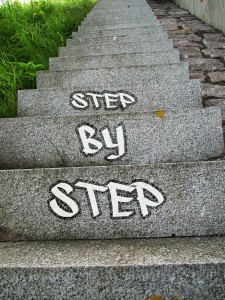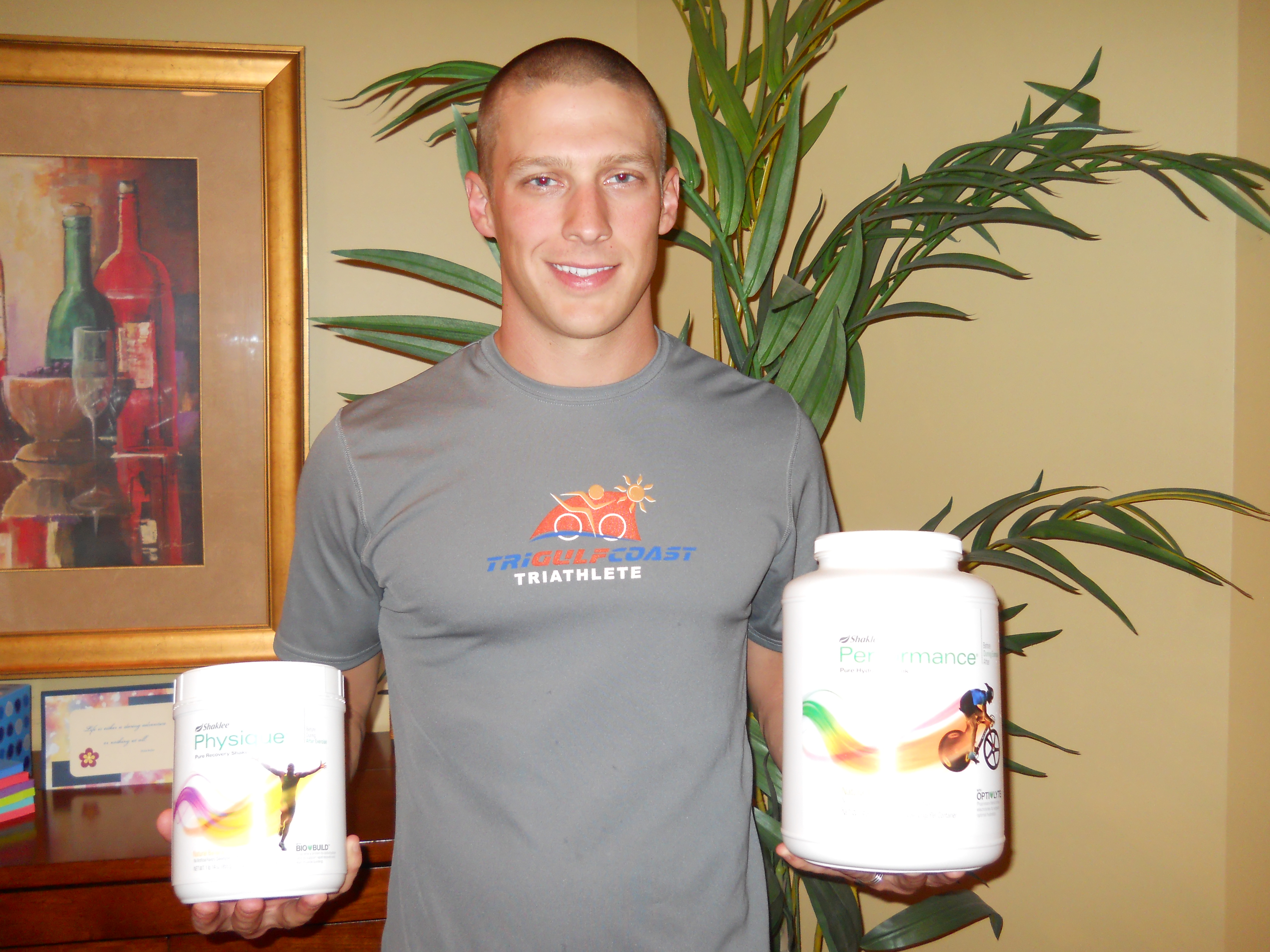Anchors are the reasons that attach you to any behavior. Including your weight loss goals. Your anchors originated from extremely strong repetitive memory associations, which are triggered by your five senses of hearing, vision, smell, taste, and touch. You are constantly being anchored in different ways through out your life. For example, when you hear a certain song and it brings back a memory of a certain person, or a place in time, this is an audio anchor or an anchor triggered by your sense of hearing.
Weight loss goals
 Have you ever met someone for the first time and noticed that something about them reminds you of someone or something else? This is a visual anchor or an anchor triggered by your sense of sight. Until now all of your anchors have been installed in your subconscious mind by someone else or by accident and in most cases you were not even aware of them. Now for the first time through the process of Burris MIND/FITNESS, you can learn how to anchor a reaction or behavior you want on purpose and consistently get the results you want over and over, until you are assured of attaining your weight loss goals.
Have you ever met someone for the first time and noticed that something about them reminds you of someone or something else? This is a visual anchor or an anchor triggered by your sense of sight. Until now all of your anchors have been installed in your subconscious mind by someone else or by accident and in most cases you were not even aware of them. Now for the first time through the process of Burris MIND/FITNESS, you can learn how to anchor a reaction or behavior you want on purpose and consistently get the results you want over and over, until you are assured of attaining your weight loss goals.
It is important to understand that your subconscious mind can be triggered into a negative anchored behavior without even pausing to consider what it is doing. It is this type of behavior that is responsible for your worst eating habits. I refer to this type of behavior as “No Thought Eating.” At the time of “No Thought Eating” your subconscious mind has given no consideration to what it is doing and your conscious mind is not even aware that anything is taking place.
A good example of this is when you are feeling fearful, guilty angry, or bored. You immediately look for something to eat, even if you are not hungry. In most cases you will look for what you refer to as your comfort foods, which is anything that is high in sugar, fat or both. Let us say you come across a bag of cookies, without any hesitation you eat one and before you realize it, you are eating the whole bag. Sometime during this “No Thought Eating” binge your conscious mind awakens to what is taking place. You stop your eating binge and now along with feeling fearful, guilty, angry, or bored; you are also probably a little nauseous. The first thought that pops into your mind is: “Why Did I Eat That? I wasn’t even hungry!” How many times have you asked yourself this self-defeating negative question “Why Did I Eat That?” Not a good thing for meeting your weight loss goals.
The second you asked yourself this question, your subconscious mind is triggered into action to find an answer, which in turn produces a correlating picture. Surprise, surprise what did it find in your subconscious eating behavior program? It found you ate the cookies because you were feeling fearful, guilty, angry, or bored. Of course it did because that is exactly how you were programmed as a child to react to fear, guilt, anger, or boredom. Once again your subconscious mind will take this answer and the correlating picture of you being overweight and use it to anchor you even deeper to your childhood program.
Here is where the fun starts, what you have to do in order to change your existing negative anchored behaviors of “No Thought Eating?” You simply restructure your question from its negative form of “Why did I eat that?” to a positive form question of “How can I stop this no thought eating when I am feeling fearful, guilty, angry, or bored?” Do you see how this can impact your weight loss goals?
Your subconscious mind will now produce a positive answer to your new positive question such as: When you are feeling fearful, guilty, angry or bored, find an activity you enjoy in place of eating. Once again these new answers will produce empowering correlating pictures that will move you toward your weight goal. It is truly that simple, positive empowering questions = positive empowering results.
From this time on, it is essential that you are always conscious of your inner voice, thereby insuring that all of your self-questions are positive ones and insuring that you always maintain a positive emotional state.
Regardless of weather your goal is a change in diet for weight loss goals, an increase in your fitness program or to take control of an eating disorder such as anorexia or bulimia. In the end the question you need to ask yourself is…Am I completely happy with the mind running itself or do I need to take control of it? If your answer is I need to take control of it, then Burris MIND/FITNESS is the answer.
The health of your body is dependent on your mental health and taking control of the subconscious is the key to lasting permanent change of any behavior.
For my story on how I was able to lose 40 pounds to meet my weight loss goals and keep it off check it out here: http://bit.ly/1rLhW2c




